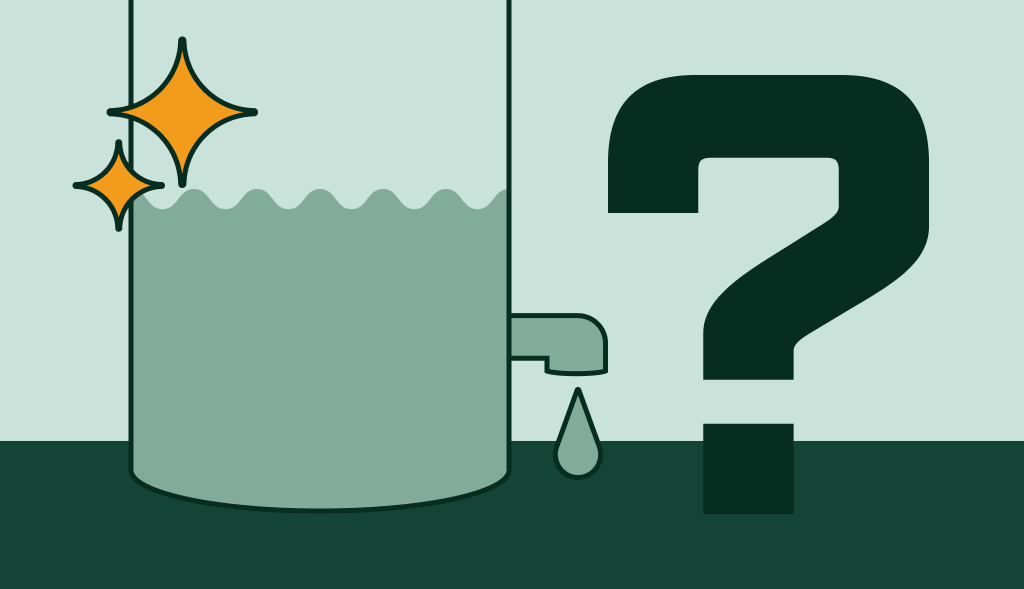High-quality water heater installation in Buena Park – contact us today
High-quality water heater installation in Buena Park – contact us today
Blog Article
Do It Yourself Water Heating System Installation: Necessary Actions for Success
When considering a DIY water heating system installment, it is crucial to come close to the job with a systematic way of thinking, as the process involves several crucial actions that can considerably influence both safety and performance. Choosing the proper water heating unit for your specific requirements is simply the start; preparing the installment location and recognizing the necessary devices and products are equally essential.
Selecting the Right Hot Water Heater
When choosing a hot water heater, it is vital to take into consideration several vital factors to guarantee optimum efficiency and effectiveness - water heater installation Buena Park. Examine the type of water heater that best suits your demands. Options consist of tankless, storage tank, and warmth pump hot water heater, each offering distinctive benefits in terms of power efficiency and room needs
Next, evaluate the capacity needed for your family. A bigger family members may call for an unit with a higher gallon capacity or a tankless system that can give constant hot water. It's additionally critical to think about the power resource; common alternatives consist of electric, gas, and lp. Each power type has ramifications for installation costs and long-term power expenditures.
Power effectiveness is an additional crucial element. By thoroughly examining these variables, you can select a water heater that straightens with your home's particular needs, making certain convenience and performance for years to come.
Tools and Materials Needed
Successfully setting up a hot water heater needs not just the best option of system but likewise the appropriate devices and materials. Before starting your DIY task, guarantee you have a thorough listing of things to promote a smooth installment process.
Essential devices consist of a monkey wrench, adjustable pliers, and a screwdriver collection (both flathead and Phillips), which will certainly help you take care of different installations and connections. Additionally, a drill with suitable little bits is necessary for installing brackets or making any needed openings. For safety and security, a voltage tester is important, specifically when handling electrical water heating units.
As for products, get Teflon tape to ensure leak-proof connections on threaded fittings. You will additionally require a flexible supply of water line, which can be either knotted stainless-steel or PVC, depending on your preferences and neighborhood codes. Don't fail to remember to equip up on fittings, such as joints and couplings, to link the pipes securely. A pan or drip tray can assist handle any type of prospective leaks, offering an added layer of security. By gathering these products and tools ahead of time, you set the stage for a successful water heating unit installation.
Planning For Installation
Prior to starting the setup of your hot water heater, it is vital to examine the setup site to ensure it meets all necessary requirements. Beginning by validating that the location is well-ventilated, specifically for gas water heating systems, to stop the buildup of hazardous gases. Check for the schedule of needed connections, including water system lines and electric outlets, ensuring they are in great problem and effectively located.

This proactive approach not only makes sure conformity with neighborhood building codes yet also improves the long life and performance of the water heating system. Correct preparation sets the phase for a smooth installation process and assists stop unanticipated issues.
Step-by-Step Installation Process
With the visit this page prep work full and all needed evaluations conducted, the following stage involves the step-by-step installation of your water heating system. For tank-type water heating systems, link the chilly water supply line to the inlet, usually noted in blue, and the hot water line to the outlet, generally designated in red.
Next, safeguard the temperature and stress safety valve, which is essential for security. Attach the discharge pipeline to this valve, routing it towards the flooring or an ideal drain location. For electric models, attach the power supply by removing the cords and protecting them to the heater's terminals according to the maker's instructions.
If you are setting up a gas hot water heater, make sure the gas line is attached correctly and look for leakages utilizing a soap solution. Besides links are made, fill the tank with water prior to turning navigate to these guys on the power or gas supply. Finally, permit the water heater to get to the wanted temperature and look for any leakages around all links.
Ensuring Safety and Performance
On a regular basis guaranteeing safety and security and performance during the setup and operation of your hot water heater is critical for optimal efficiency and longevity. Begin by selecting an appropriate location that complies with regional building codes and supplies ample ventilation. Make sure that the location is devoid of flammable materials and has adequate space for maintenance and evaluations.

After installment, conduct routine look at next the unit to discover leaks, rust, or unusual noises. Establish the thermostat to a secure temperature level, typically around 120 ° F, to prevent hot and boost power effectiveness. Shield pipelines to minimize warm loss, which contributes to lower power costs.
Conclusion
To conclude, effective do it yourself water heating unit setup depends upon mindful planning and implementation. Picking the proper hot water heater, preparing the installation location, and complying with a systematic setup process are important steps. Complying with security standards throughout the installation ensures both safety and security and effectiveness. Additionally, normal upkeep checks post-installation will add to the optimal efficiency of the water heating unit, ultimately boosting the durability and efficiency of the system. Properly establishing the thermostat additionally ensures secure operation.
When considering a DIY water heating system installation, it is necessary to come close to the task with a systematic attitude, as the process includes numerous crucial steps that can considerably influence both safety and performance.Before starting the installment of your water heating unit, it is critical to evaluate the setup website to ensure it satisfies all needed requirements. For tank-type water heating units, link the chilly water supply line to the inlet, commonly noted in blue, and the warm water line to the outlet, normally designated in red.Frequently guaranteeing safety and effectiveness throughout the installation and procedure of your water heater is vital for optimum performance and longevity. Picking the proper water heater, preparing the setup area, and complying with a methodical installment process are crucial actions.
Report this page